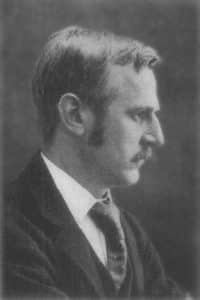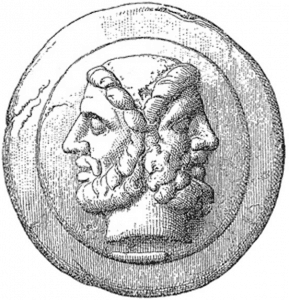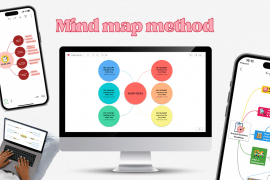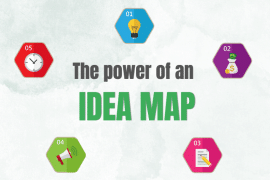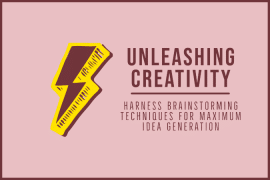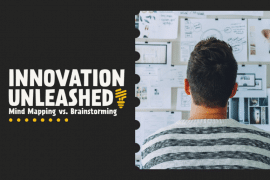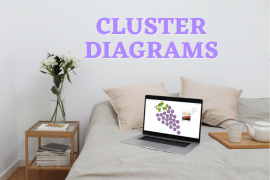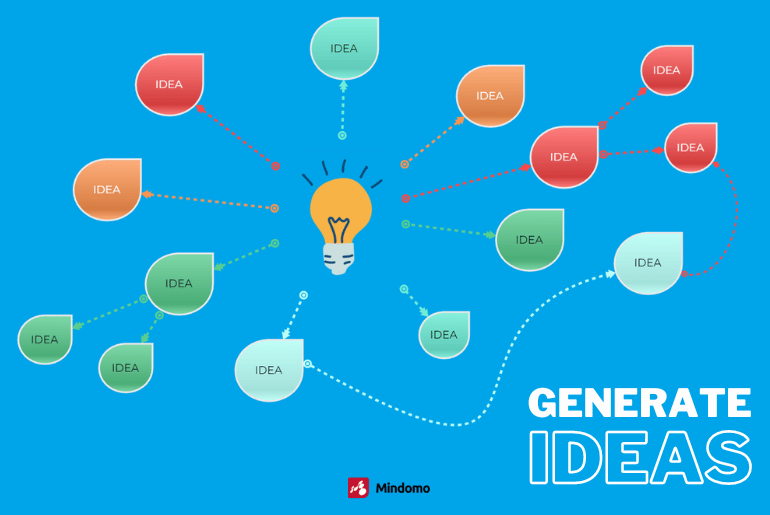
A common theme in all creativity techniques and methods is that creativity is about making connections.
Connecting different things together creates more than the sum of the parts. Inspiration, ideas, and insights flow across the connection.
There are many ways to do this. You don’t have to sit and try to logically think of new ideas. There are steps you can take on a path to generating ideas in other ways. Mind map maker or a concept map maker are valuable tools at all stages of generating ideas.
Creativity is a skill you can learn
First, let’s put a couple of myths to one side.
Creative people who are full of good ideas are not geniuses. They just use their resources better. Everyone can learn how to do this. Thomas Edison said that “genius” is 1% inspiration and 99% perspiration. Everyone knows more than they think they do and can learn more than they think they can.
Being creative does not mean being artistic. You don’t need to be able to draw amazing pictures to be creative. Drawing is a creative process, but creative processes do not always involve drawing.
In this article, we will not consider “idea management” software. Idea management tools are designed to capture, categorize, evaluate, and rank ideas. This kind of software is intended for large organizations. It helps them to track hundreds or thousands of suggestions from users. These technologies are not designed to help generate great ideas.
The short and long paths to generating ideas
Imagine that you have been asked to come up with some good ideas to improve how your department works. Apart from “replace the manager”, what else would you suggest? Where would you begin?
Like most things in life, there is a short way and a longer way to do this. The quick path might give you some new ideas. The longer path takes more time but produces more meaningful and valuable ideas.
The difference between them is how much you already know about your subject. The short path involves making a lot of guesses and hoping to be lucky. The longer path depends on a deeper understanding and more preparation over time.
The short path: making lots of guesses
There are many “creativity techniques” to help kick-start a flow of ideas. These include forced idea generation, brainstorming, random words, and provocation with tools like SCAMPER.
Forcing yourself to write down five new ideas a day is one method. It is based on the idea that your brain is a muscle that strengthens if you keep stretching it. If you make yourself think up five new ideas every day, then one day, one of them may be a great idea. If you use this technique then track whether your ideas are getting better over time, or whether they continue to be random.
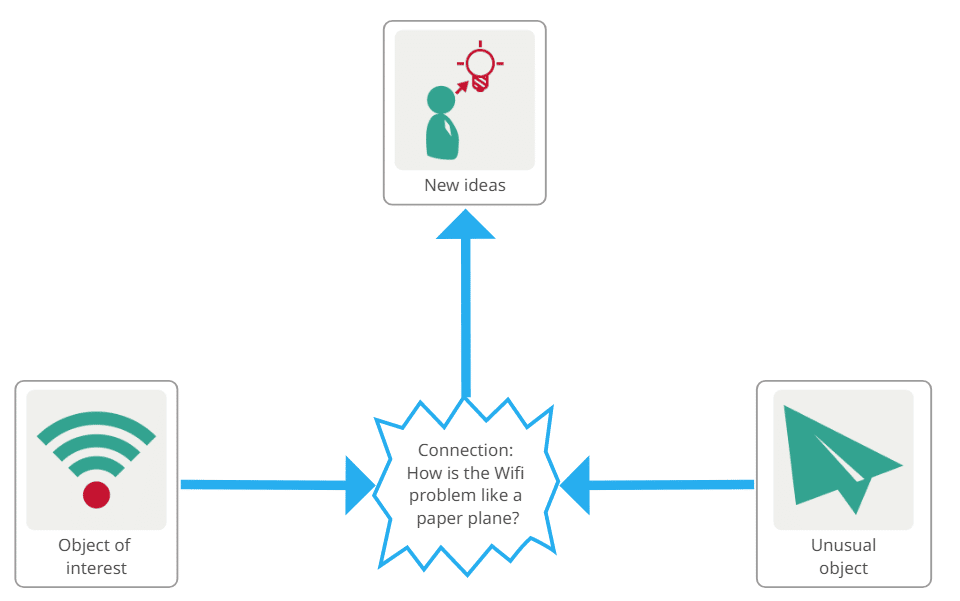
Brainstorming and random words try to trick our brains into finding connections and making stories where none existed before. You can buy decks of cards (“Edison decks”) to stimulate ideas. This is “lateral” thinking – jumping to a new line of thought. If you make yourself think about a connection between something of interest and something random such as an octopus, maybe the connection will trigger a new idea. In these methods, you should build on ideas rather than reject them at face value.
Making random associations can lead to a lot of new ideas. However, we are guessing where good ideas might be found. We make enough guesses so that statistically, a few of them may be helpful.
Techniques like SCAMPER take elements of the subject and deliberately convert them to something different. We ask ourselves what would happen if we skipped something instead of doing it, or did it in a different way, or in a different order, or in the wrong way.
SCAMPER helps us to think more deeply about the current situation. We focus on the basic principles in order to transform them into something else. Looking carefully at what happens when we remove something helps to define it in a different way. They say that you don’t appreciate something until it is gone. SCAMPER helps you to turn this into better insights and good ideas.
Going beyond great ideas
“All who study creativity agree that for something to be creative, it is not enough for it to be novel: it must have value.”
Creativity – Beyond the Myth of Genius, by Robert W. Weisberg
Ideas on their own are cheap. Turning them into something real is what makes them valuable. There is a disadvantage to making guesses and hoping to get lucky. If you don’t know your subject very well, it may be hard to recognize an important idea. It may be even harder to turn it into reality. When discarding crazy ideas, you might throw away a rough diamond because it looked like a stone to you. Or you might think something is a great idea because of limited understanding. With deeper knowledge, you might see through to the fatal flaws.
In “Teach your child how to Think,” Edward de Bono gives us an example of an idea that was generated by provocation. He suggested that a country could vote on national issues by everyone switching on electric fires at 10 pm. The surge in power demand would be measured at power stations.
But while he was highly skilled and respected, Dr. de Bono was not responsible for public voting systems, nor was he an expert in power systems. It was a great idea but stayed on the shelf as an example of a novel idea, not an actionable one. Without the right stakeholders involved and motivated, even great ideas go nowhere.
We may need a different approach based on knowledge rather than guesses. Scientific discoveries and patentable ideas are the result of dedicated effort and knowledge. They are less likely to come from random associations.
Long path: 4 stages of the creative process (a deeper understanding)
Systematic creativity is not new. If we look back, we can find processes that are not distorted by technology or instant results and have stood the test of time.
In 1926, Graham Wallas described a four-stage creativity process in his book “The Art of Thought”. The four stages are preparation, incubation, illumination, and verification. Mind mapping is the perfect way to apply this process.
Stage 1: Preparation
The first stage in Wallas’ process is to prepare. This means gathering as much information as possible about the subject by researching it thoroughly. Brainstorm what you already know. Make notes in your own words, not by copying and pasting.
Look for different viewpoints and descriptions. Write clear problem statements. Talk to other people and read about the subject. Ask questions and find the answers or a range of answers. This all helps to build up a level of understanding.
A spider diagram or a mind map is perfect for collecting, organizing, and developing a “knowledge map” of everything you know about the subject. As you find out more, you can easily add it to your knowledge dashboard map.
Stage 2: Incubation
Once your preparation is done, walk away and leave it alone. Think about something else altogether or do something totally different.
What happens here is that you have sensitized your brain to the subject or problem. You will notice interesting things that you might have missed before. It also tries to understand the ideas in its own way and makes connections. You don’t need to try to do this deliberately.
Incubation is the element that is often missing from quick-fire “guessing game” methods. Associations based on insight and knowledge are often worth more consideration.
Stage 3: Illumination
The “illumination” event or events happen when you wake up one morning with a good idea that did not exist before.
Deep in your brain, connections have been made, and a new understanding has formed. You realize that there is another way to do something, or a missing piece of the jigsaw has appeared. Sometimes, you just realize that a bit more research is needed, or maybe it is a clue to a new idea.
It is essential to write down these fleeting thoughts before they disappear in the rush of the day. There may be many false starts. But when you do have an inspired thought, it has come from a good understanding of the issues, so it is likely to be worth developing.
Stage 4: Verification
The fourth stage is bringing your new idea to life. This is where the investment in knowledge pays off – you will be in the best position to turn your ideas into action. An action plan to explore, test, prove, and improve your idea is the next step. If you are already working in a mind map creator, this next step is easy to integrate into your creative map.
You might recognize the Wallas creativity process, as its principles are behind many other best practices. Tiago Forte’s “Second Brain” is based on Zettelkasten, which in turn uses the same principles of collecting, re-interpreting, and connecting ideas over a period of time. All of this gives your unconscious mind more material to work with.
Reading outside your specific areas of interest is a good habit. This enables you to make connections between different domains and apply ideas from one to another. The same basic issues may have been solved in different ways from different perspectives in other places. Very little is truly new.
Look both ways at the same time
Another useful technique is to search for paradoxes. A paradox is two theories that make sense separately but conflict when put together. For example, Cobb’s Paradox says that we know why projects go wrong, and we know how to fix them. But projects still go wrong all the time. How could that be? A new solution may be hiding in the answer to that.
Paradoxes can sometimes be understood from a third viewpoint. Accepting both sides as true and trying to resolve the contradiction may generate new ideas. This is known as the Janusian method, after the Roman god Janus, who had two faces and could see two views at the same time.
Ten hard questions
Forte’s “Second Brain” and similar methods recommend that you write a set of ten hard questions that you would like to answer. For example, “What is the next step in my career?”
Your brain will be thinking about these in the background while you do other things, and sometimes, you will get an insight or idea that would not have happened any other way. Keeping a Mindomo mind map for each question makes it easy to occasionally review and update it to make sure it stays in mind. At some point in the future, you will be reading an online article. Something deep in your brain will recognize that it is connected with your next career step.
How to create a mind map for the Wallas method
The Wallas process is not suited to getting quick results. You cannot use it in a time-limited situation like a brainstorming meeting.
It is much more effective over the longer term. Using mind mapping software is a very effective way to do this. You start with a mind map design that is a “dashboard” or snapshot of your work on a subject. You can leave a map alone for a few days, weeks, or even months, then return to it with new ideas.
A mind map makes it easy to pick up something where you last left it. This is the key to effective multi-tasking. We all have to multi-task, whether we like it or not. It only takes a short while to re-synchronize your thinking and frame of mind. You can then continue to make progress/
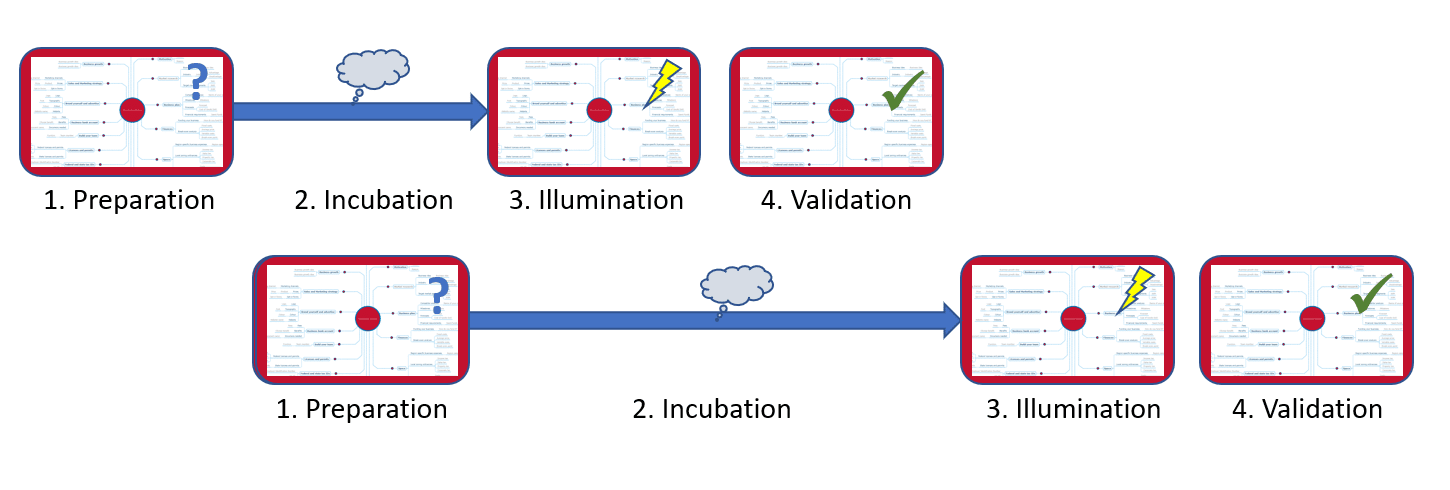
You can easily have multiple creative mind map “projects” running at the same time. You are not under pressure to come up with a great idea right here and now in a meeting. You can build up insights and deeper understanding over time. Switching your attention to something new works perfectly in the incubation stage.
How to mind map a subject
- Write the subject in the center of the map. You can begin with a generic title, then refine it later. If you are trying to solve a problem or answer a question, the wording is critical. It will shape your thinking. Try to make it meaningful and oriented towards action.
- The first level of topics around the central topic splits up the map into basic sections. What these are is up to you. For example, you could have just three main topics for “Things I know”, “Things I need to find out”, and “Things I don’t need to know”. Or, you could divide up your map into “Facts”, “Opinions”, and “Theories”. However, you choose your main topics and try to make space for everything so that any new information has somewhere to go.
- Add a “Car Park” topic to your map so that you have somewhere to drop new data before deciding where it belongs. This makes it easy to quickly add something to a map without stopping to get involved in it.
- Collect and organize information and resources in your map, building it up as you research your subject.
- Add tasks to your map to remind you of things to do.
- Review your map as your understanding grows and make changes to reflect new knowledge. Some things might make more sense later, and you may be able to clarify your initial assumptions. A map is a living object, not a static document.
- At the end of each session, make a note of where you had got to, and what you plan to do next. This will help when you return to your map in the future.
You can find a lot of mind map examples on the Mindomo website.
Keep it smart, simple, and creative!
Author: Nick Duffill

